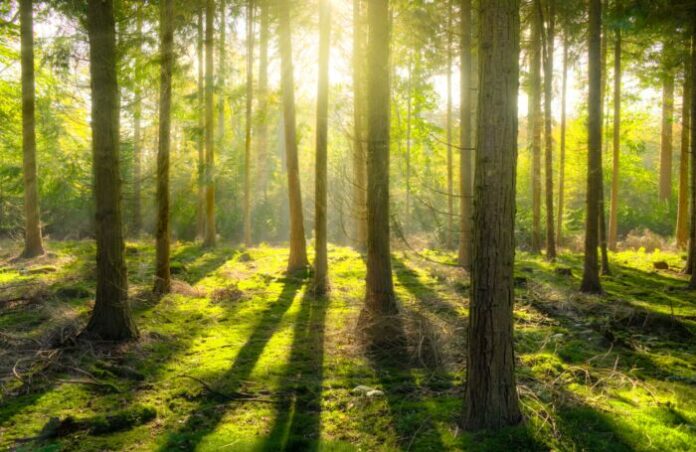
March 21 is not only the first day of spring: it is also the International Day of Forests. The lungs of the world that clean the air, reduce the warming of the planet, accommodate 80 percent of terrestrial biodiversity. But they are rapidly disappearing. This is what International Forest Day is, why it was established and why it is so important.
A date to celebrate every year in the world all the forests of the planet and the trees that compose them. A day in which to remember with events, campaigns and initiatives the inestimable value of the tree heritage for life on Earth, in order to make us all aware of the danger of global deforestation. This is the World Day for Forests established by the United Nations General Assembly on 21 March 2012 and celebrated since 2013.
“The Day celebrates and raises awareness of the importance of all types of forests. On each International Day of Forests, countries are encouraged to undertake local, national and international efforts to organize activities involving forests and trees, “the UN website reads.
Why forests are important
Forests are the most important reservoir of biodiversity, they guarantee soil protection, air and water quality, and provide important goods and services. They also mitigate the effects of climate change, as they function as carbon sinks, and provide natural protection against the effects of hydrogeological instability.
Forests cover a third of the Earth’s land surface, performing vital functions around the world. About 1.6 billion people, including over 2,000 indigenous cultures, depend on forests for their livelihoods, medicines, energy, food and shelter. Forests are the most biologically diverse ecosystems on Earth, where over 80% of the species of other taxonomic groups live. Yet despite all these invaluable ecological, economic, social and health benefits, deforestation on a global scale continues to be alarming: 12 million hectares of forest are destroyed every year. Deforestation accounts for 12-20% of global greenhouse gas emissions that contribute to climate change for about 4.5 billion tons of carbon dioxide.
The future of biodiversity in ancient forests
“The key to safeguarding Italian forest biodiversity lies in the knowledge and conservation of ancient woods. Primary and secular forests are in fact ecosystems, rich in a multiplicity of rare and precious forms of life, capable of storing large quantities of carbon, retaining it in the wood and roots, thus contributing to the fight against climate change. We need more mature woods and more complex and naturally evolving forest ecosystems, whose management is inspired by the model offered by ancient woods “.
This is the appeal that WWF launches on the occasion of International Forest Day, the International Day dedicated to forests. A goal that the European Union has also set itself, which with the “EU Biodiversity Strategy for 2030” explicitly recognizes the intrinsic value of primary forests and old forests and the need to protect them. As a first step, the EU has set itself the goal of defining, mapping, monitoring and rigorously protecting all the primary and ancient forests still existing in Europe.
Not least is UNESCO, which has created the “widespread site” of the ancient European beech forests, a set of 78 beech-wood tiles (total area of over 90 thousand hectares plus 250 thousand of buffer areas) distributed in 12 European countries : a network that embraces Albania, Austria, Belgium, Bulgaria, Croatia, Germany, Italy, Romania, Slovakia, Slovenia, Spain and Ukraine.
Ten Italian forests included in this network of beech forests have long been unrelated to human intervention. They range from the Apennine climates of the Casentinesi Forests and the Abruzzo National Park to the limit of distribution in the hot-arid Mediterranean environments, such as the low-altitude beech forests of Monte Raschio (Oriolo Romano) and the Gargano. Their protection represents a primary element to support the UNESCO World Natural Heritage.



































